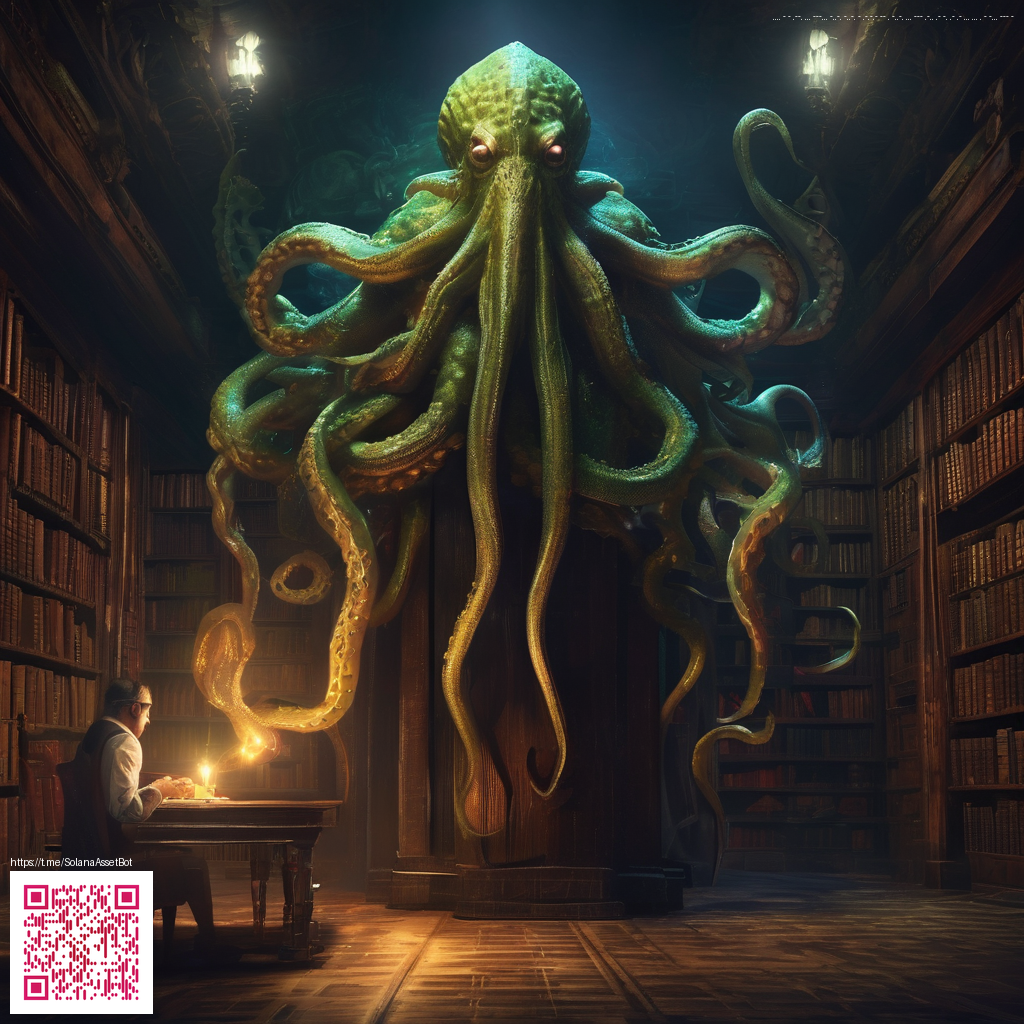Nostalgia Unboxed: The Rise of Gaming Collectibles
Gaming nostalgia isn’t a quiet feeling tucked away in a drawer of memories. It’s a living culture that cycles through conventions, online forums, and the shelves of enthusiasts who chase not just rare items, but stories—moments when a pixelated hero felt larger than life, or when a soundtrack could instantly transport you back to a favorite late-night session. Today, the collectible market has expanded beyond traditional cartridges and action figures into a broader ecosystem where design, provenance, and community all amplify value. The result is a vibrant subculture that treats memories as a resource, and every new release becomes a fresh opportunity to relive a cherished era.
The Psychology of Nostalgia in Collectibles
Why do collectors gravitate toward gaming memorabilia? The answer blends nostalgia with social connection and a sense of ownership. Nostalgia acts as both anchor and compass—it anchors us to the past while guiding us toward meaningful acquisitions in the present. Authenticity matters because curated history can be a soundtrack to our personal identity. Collectors don’t just want a thing; they want a narrative that validates a shared memory with others who understand the reference, the design, and the moment in time when it all clicked.
“Collecting is a conversation with the past, ongoing and evolving—one where the pace of memory meets the pace of today’s conversations.”
That conversation has grown louder as brands recognize the power of memory. Limited runs, numbered editions, and collaborations with beloved game titles create a sense of exclusivity that still feels inclusive—after all, the memory is communal. Even the smallest artifact can become a touchstone during a reunion of friends who grew up sharing a screen, a controller, or a favorite boss fight.
Categories That Shape the Market
- Retro hardware and cartridges: pristine, boxed sets or functional pieces that bridge past and present.
- Figurines and statues: collectibles centered on iconic characters and memorable bosses.
- Artwork and posters: limited prints that remix pixel art and box art into museum-worthy pieces.
- Soundtracks and vinyl: musical keepsakes that let you revisit a level’s mood in a new format.
- Apparel and accessories: subtle nods to franchises through t-shirts, enamel pins, and branded merch.
- Digital collectibles and licensed merchandise: a growing frontier that pairs nostalgia with modern ownership models.
Across these categories, the sense of provenance matters as much as the item itself. Collectors ask: Was this edition truly limited? Does it come with a certificate of authenticity or an exclusive following a convention panel? The answers aren’t merely about rarity; they’re about storytelling power.
Everyday Nostalgia: When Collectibles Enter Daily Life
Nostalgia doesn’t stay on a shelf. It travels into everyday objects—tech accessories, desk items, and even products designed to echo retro aesthetics. For example, consider the Slim Phone Cases Case Mate 268-5, a modern object that channels classic vibes without sacrificing practicality. These touches of retro design become small daily rituals, a quiet reminder of a beloved era every time you check your notifications or set down your phone. You can explore this kind of cross-pollination at the product page Slim Phone Cases Case Mate 268-5, which demonstrates how nostalgia expands beyond games into everyday tools.
Community creative projects also feed the cycle. Fan-made zines, tribute art drops, and user-generated content around remasters or re-releases often outpace traditional press coverage in shaping what collectors value. The market rewards those who can pair a strong memory with a thoughtful design—whether that’s the packaging, the color palette, or the subtle nods to a cartridge’s original branding. In this sense, nostalgia becomes a collaborative craft rather than a solo pursuit.
“Nostalgia is a design brief we keep returning to, and the best pieces answer with clarity, affection, and a playful wink.”
Looking Forward: Curating Peacefully in a Rich Landscape
As the market grows, responsible collecting becomes more important. Thoughtful curation—prioritizing items with clear provenance, proper storage, and community-minded selling practices—helps sustain the hobby for newcomers as well as long-time fans. It also invites new generations to participate: teenagers who discovered a classic game through a remake, or college friends who found a link to their shared dorm era embedded in a poster or a soundrack sleeve. Nostalgia, when approached with care, becomes a bridge across time rather than a barrier to entry.
To keep this culture vibrant, communities often blend critique with celebration. Debates over reproduction quality, authenticity marks, and the ethics of limited editions keep collectors engaged and informed. In a world where digital and physical worlds increasingly intertwine, the most enduring collectibles will be those that respect memory while inviting new interpretations.
